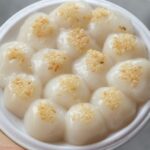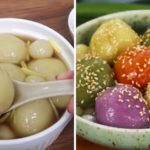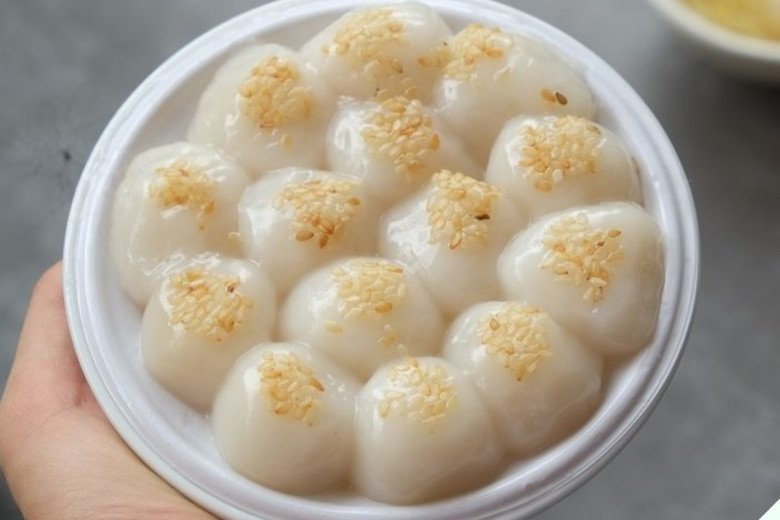
Bánh trôi is a traditional Vietnamese dish that carries a wealth of symbolic meanings. According to cultural experts, the white bánh trôi, shaped into small round balls, represents the 50 eggs that hatched into 50 children who followed Mother Âu Cơ into the mountains. On the other hand, bánh chay, symbolizes the 50 children who followed their father to the sea.
Moreover, the ingredients used to make bánh trôi—glutinous rice and rice flour—are emblematic of the country’s rice civilization and the hard work of Vietnamese farmers. The white color of the dish also signifies purity and goodness, while the round shape symbolizes completeness and fulfillment.
For these reasons, bánh trôi is an indispensable offering on the altar during Tết Hàn Thực. Learning how to make bánh trôi is not overly complicated, but it does require some skill to get the soft, sticky texture just right without ending up with raw dough or melted sugar.
1. The Filling
Instead of using plain rock sugar as the filling, it is recommended to add ginger. This spicy, aromatic root not only enhances the flavor but also provides health benefits. Ginger aids digestion and prevents that heavy, bloated feeling often associated with eating glutinous rice dishes.
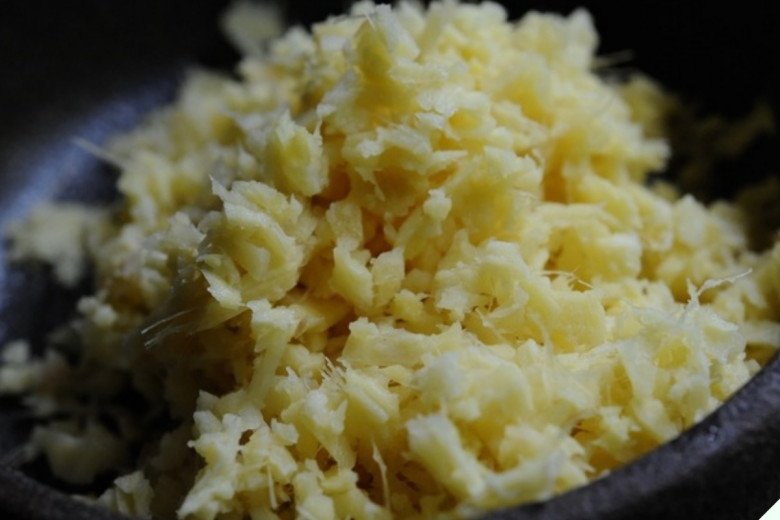
2. Use a Coarse Cloth
Whether using fresh or dried rice flour, it is common to encounter stickiness when shaping the dough into balls. To address this issue, place a coarse cloth under the dough while shaping the bánh trôi. The cloth will absorb excess moisture, resulting in firmer and rounder bánh trôi.
Additionally, for a smoother and shinier finish, lightly coat your hands with cooking oil before shaping the dough.
3. Add Nếp Leaves
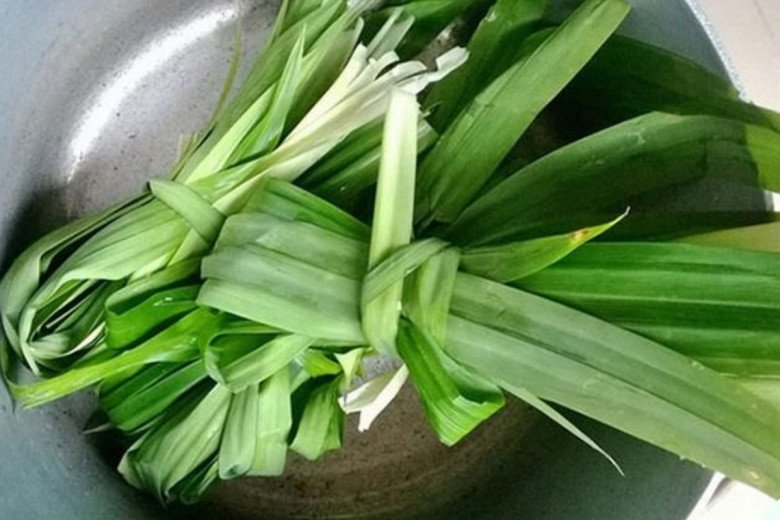
To enhance the aroma of the dish, add nếp leaves to the pot of boiling water when cooking the bánh trôi.
4. Cooking the Bánh Trôi
Timing is crucial when cooking bánh trôi. Here are four key points to remember:
– Always wait for the water to reach a rolling boil before adding the bánh trôi.
– Once the bánh trôi float to the surface and remain there for 2-3 minutes, they are ready to be removed from the pot.
– After removing the bánh trôi from the boiling water, immediately place them in a bowl of cold water. This step helps wash away any excess starch on the surface of the bánh trôi, preventing them from sticking together and spoiling.
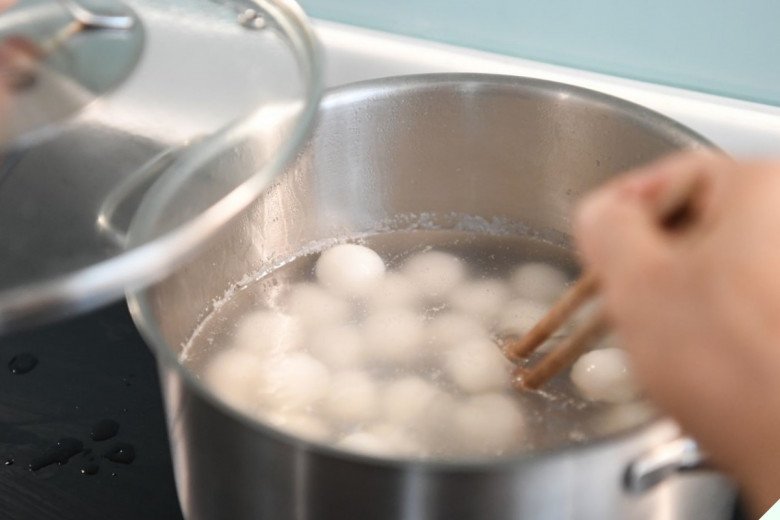
– Adjust the heat to maintain a gentle boil to ensure even cooking and prevent the dough and sugar from hardening as they cool.
When cooking bánh trôi with different colors, it is best to start with the lightest color and progress to the darkest to avoid color bleeding.
HOW TO MAKE BÁNH TRÔI
Ingredients
– 500g fresh rice flour
– Rock sugar
– Roasted sesame seeds
– Grated coconut
– Finely chopped ginger
Steps to Make Bánh Trôi
1. Knead the rice flour thoroughly until it becomes soft and supple, then let it rest for about 5 minutes.
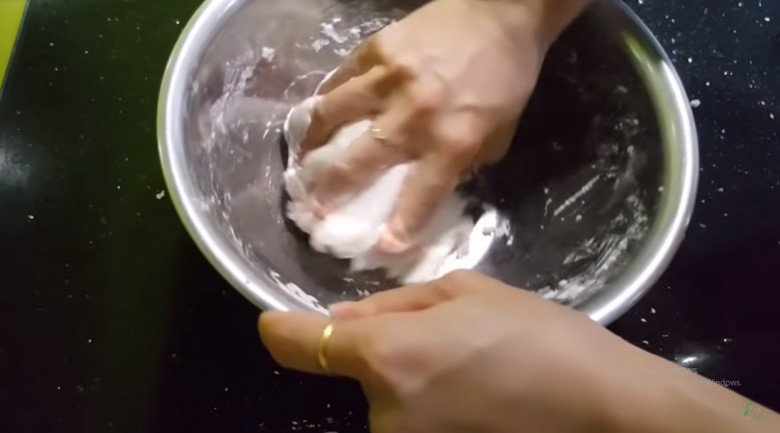
Divide the dough into small portions, keeping in mind that bánh trôi are typically smaller than bánh chay. Adjust the size accordingly.
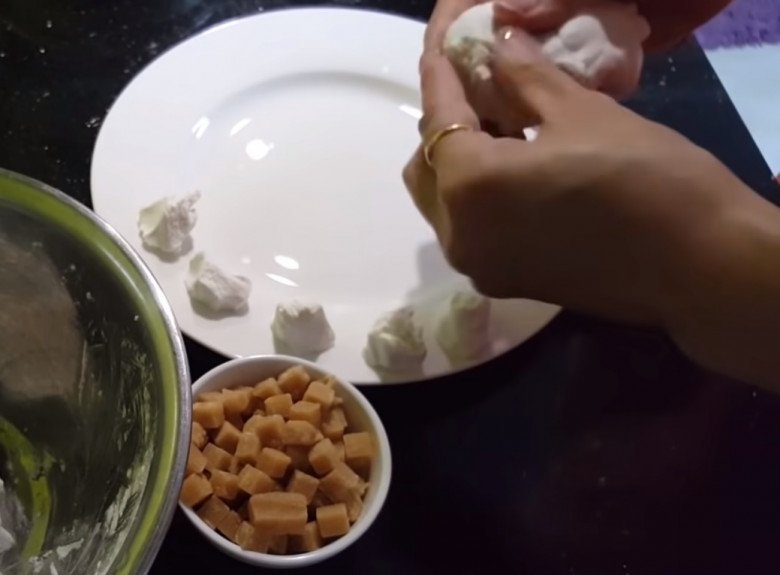
2. Cut the rock sugar into small pieces, about the size of your pinky finger or 1cm in length. Avoid making the filling too large, as it can make the dish cloyingly sweet.
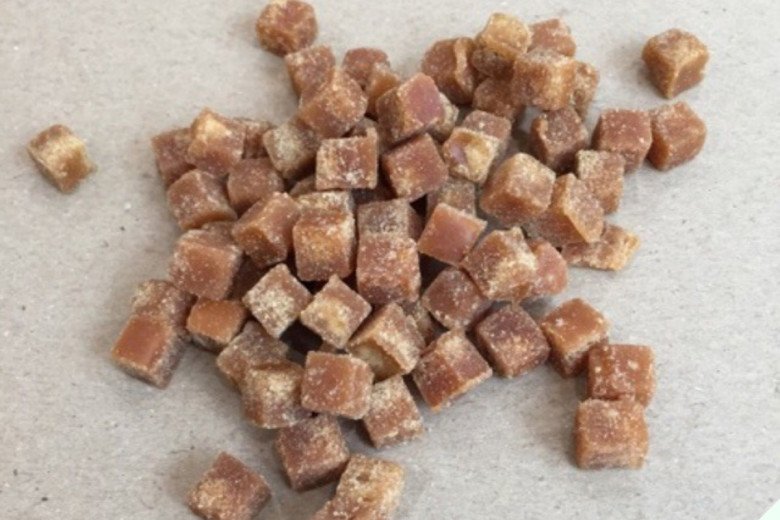
3. Flatten a portion of the dough, place a piece of rock sugar and a pinch of chopped ginger in the center, and carefully wrap the dough around the filling. Smooth and round the dough to shape it into a ball.
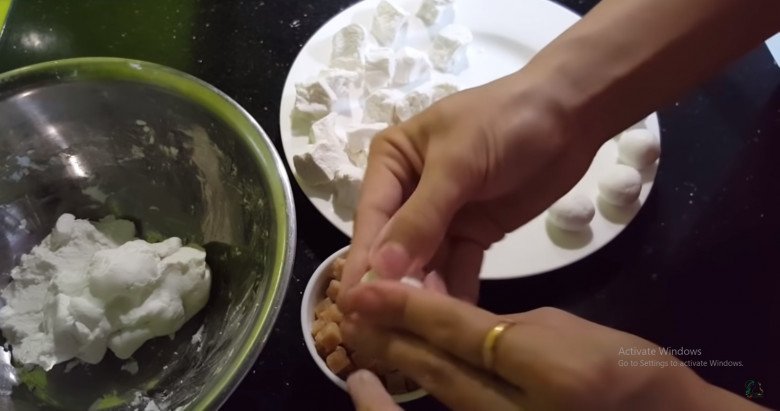
4. Bring a pot of water to a boil and carefully drop the bánh trôi into the boiling water. They are ready to be removed when they float to the surface and remain there for 2-3 minutes. (You can also add a pandan leaf to the water for extra fragrance.)
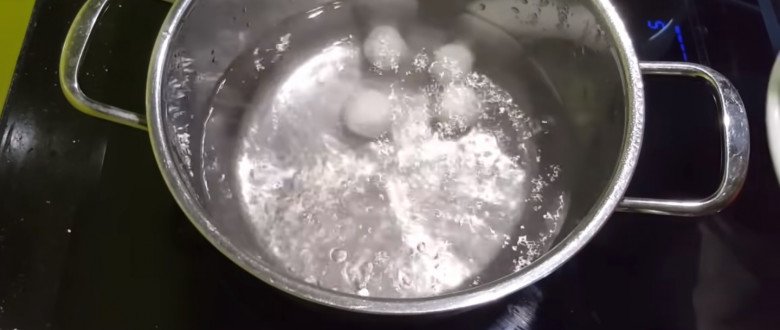
5. Remove the bánh trôi from the boiling water and place them in a bowl of cold water. Once cooled, arrange them on a plate.
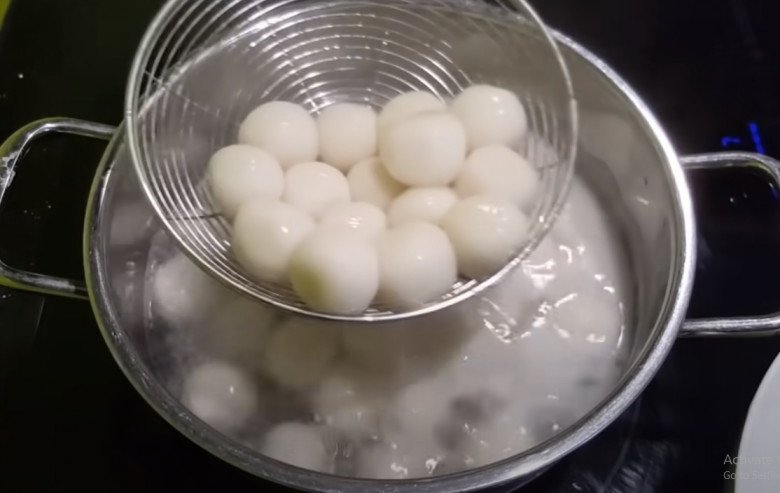
Sprinkle some roasted sesame seeds and grated coconut on top, and your bánh trôi are ready to be enjoyed!
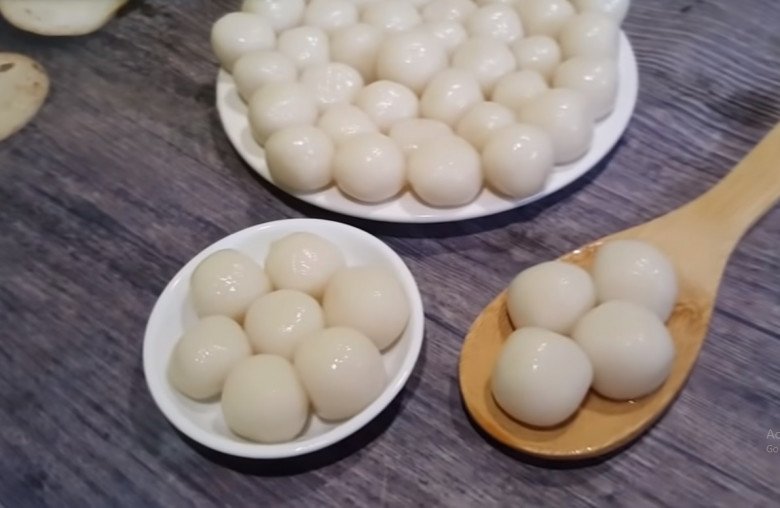
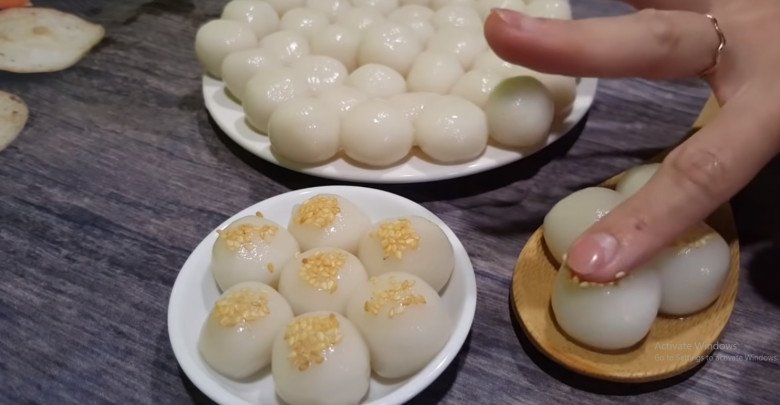
This easy recipe yields delicious bánh trôi with a soft, sticky texture and a unique flavor profile. The combination of the sweet, melting sugar and the pungent ginger makes this traditional dish truly exceptional.
The Delicate Differences Between Banh Troi, Banh Troi Tau, and Banh Chay.
“Banh Troi, Banh Chay, and Banh Troi Tau: A Tasty Trio of Vietnamese Delights”
Banh Troi, Banh Chay, and Banh Troi Tau are delightful traditional Vietnamese treats, each with its unique charm. With a subtle yet distinct difference in ingredients and preparation, these three desserts offer a delightful culinary journey into the heart of Vietnam’s rich cultural heritage. It’s time to uncover the secrets of these delectable delights and learn how to distinguish between them.

























